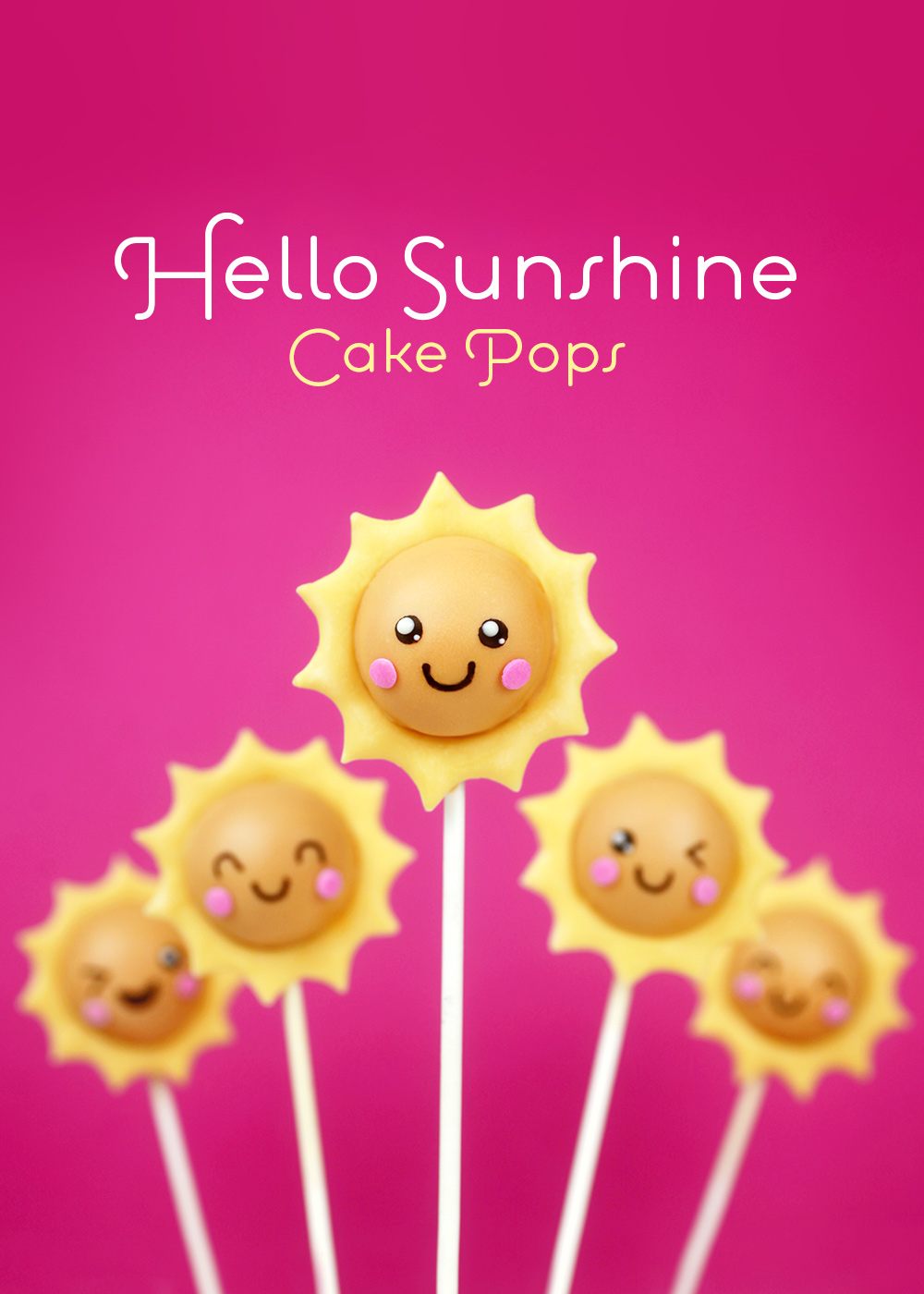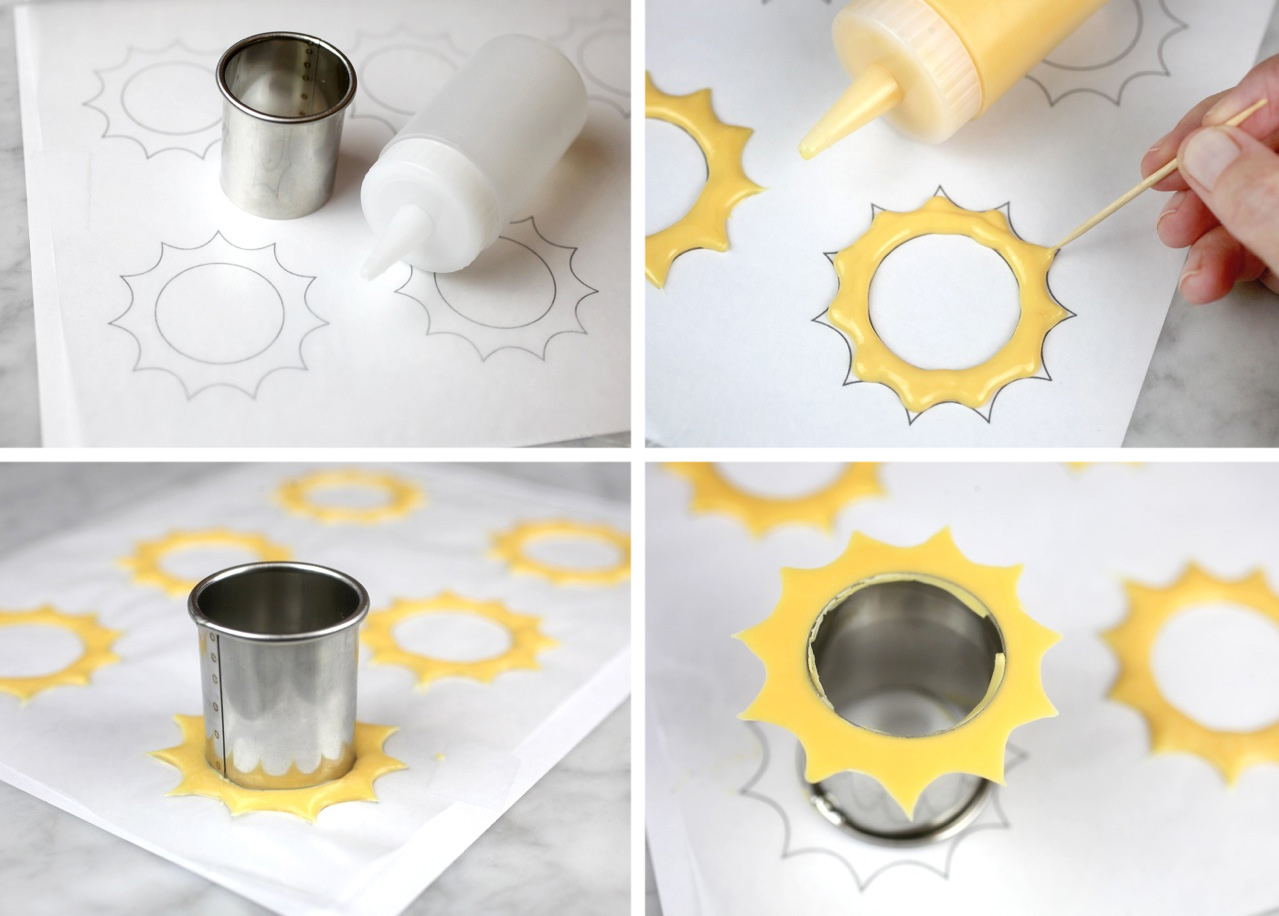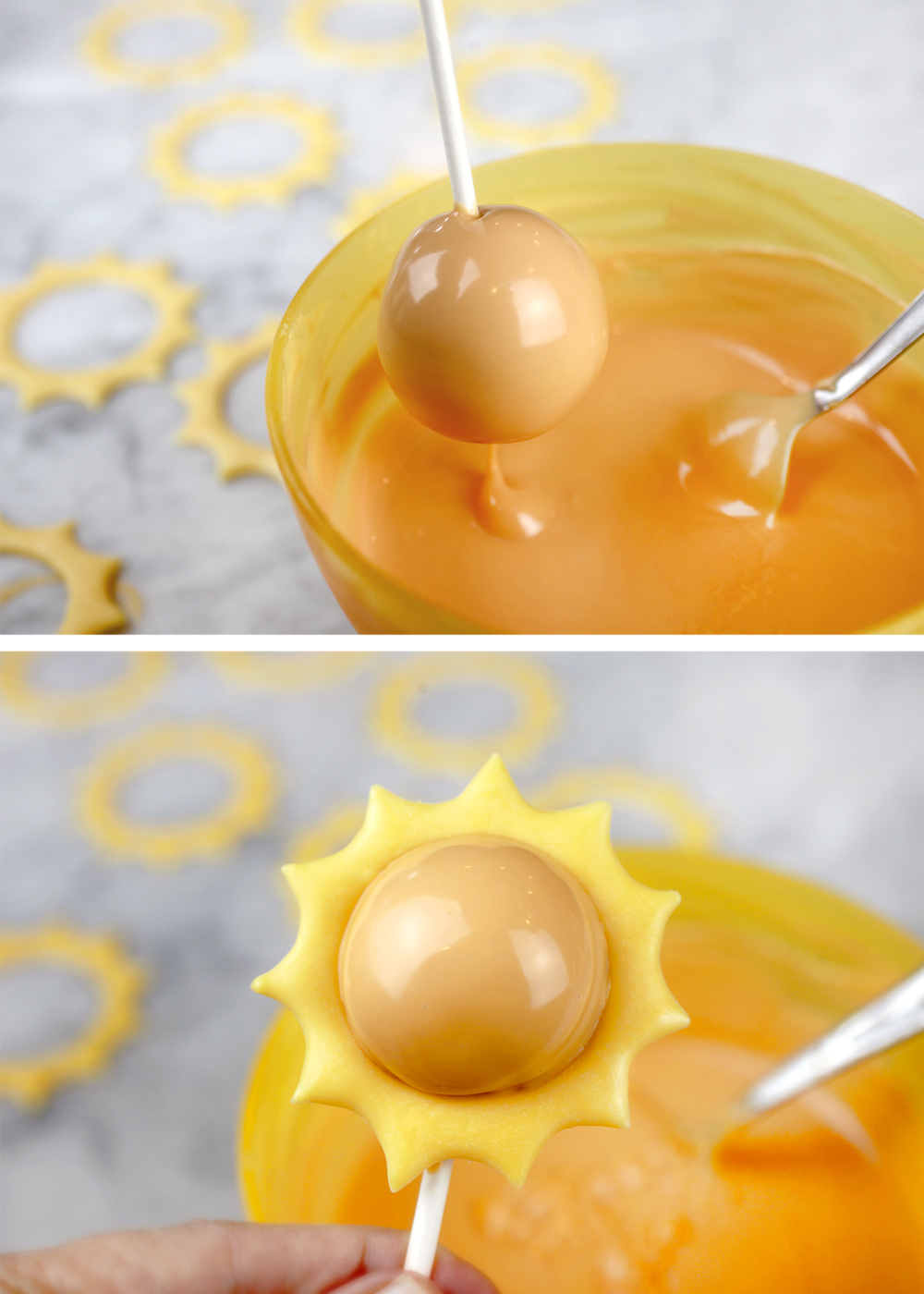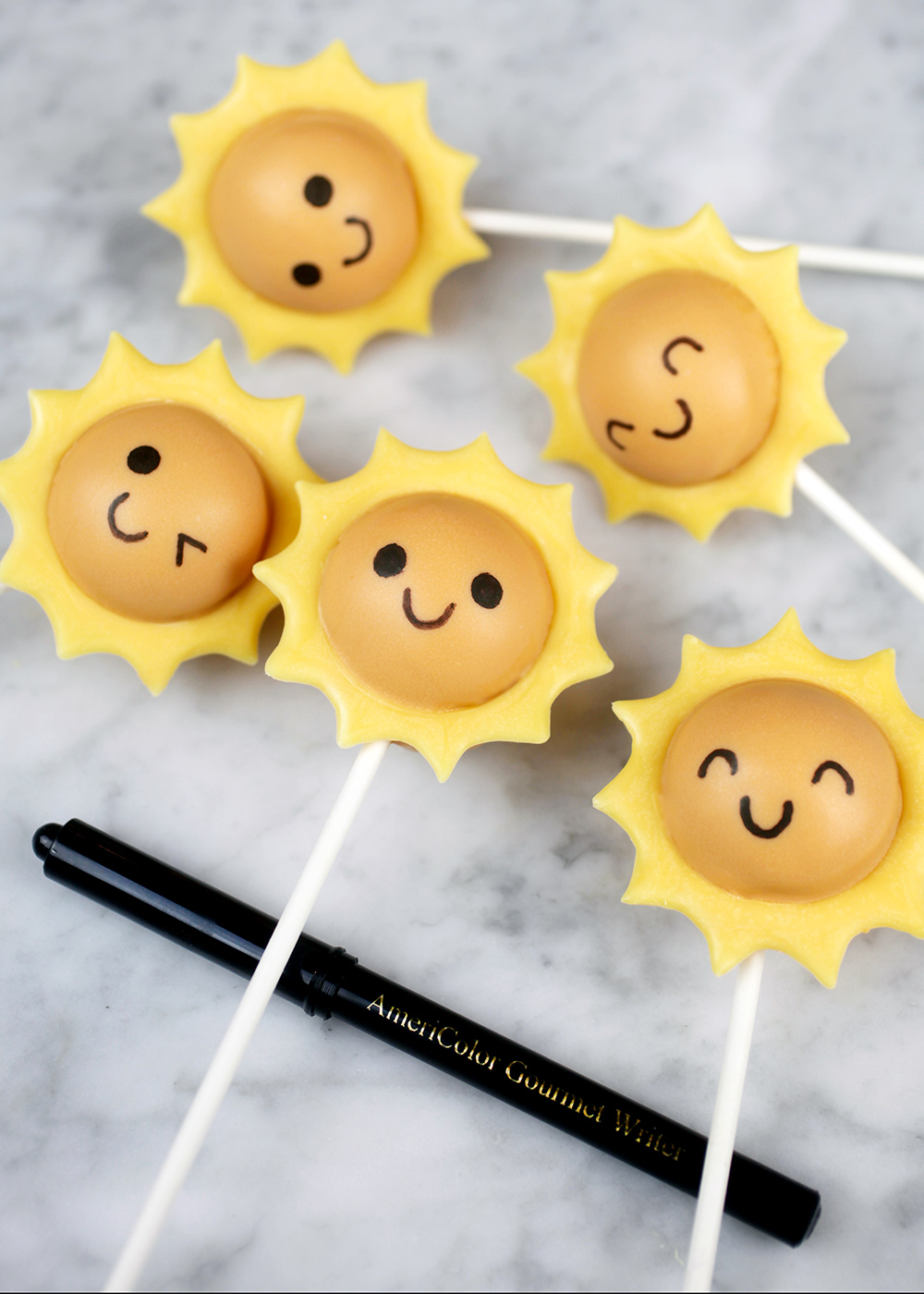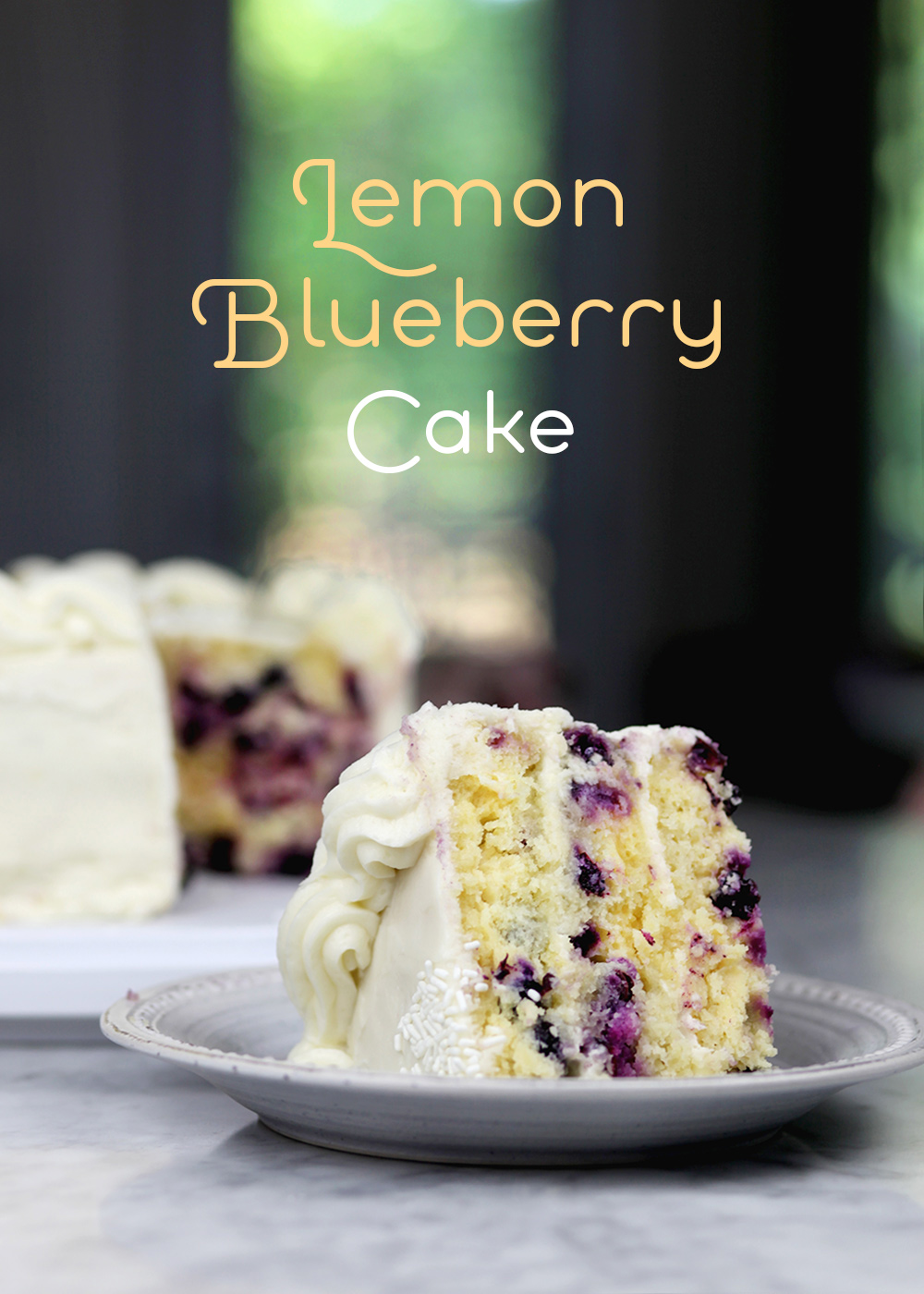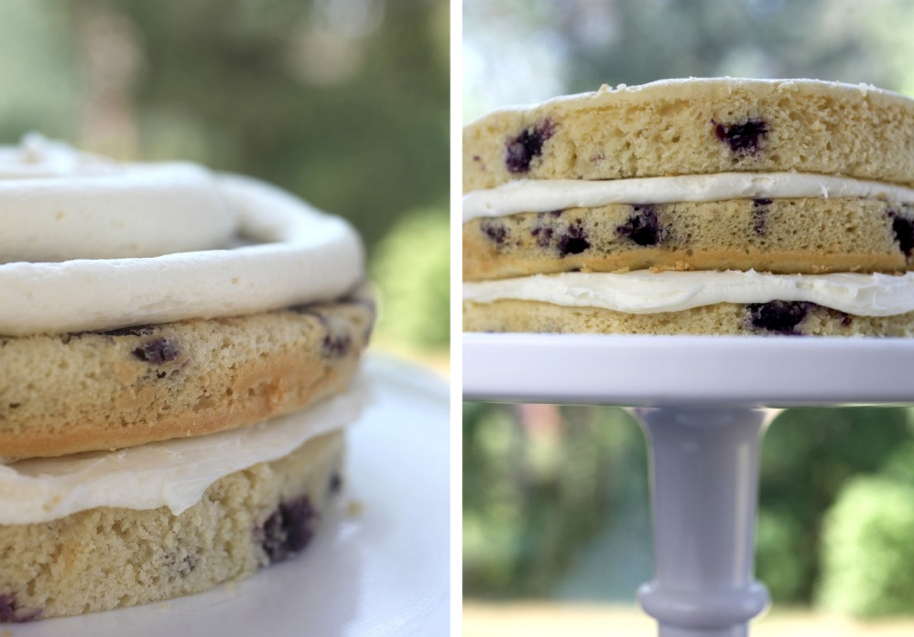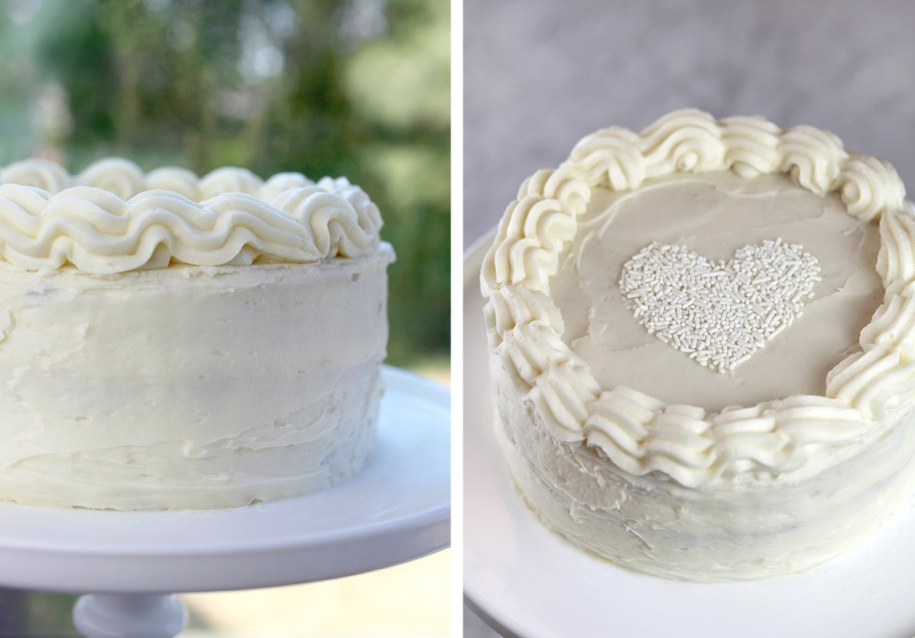Thursday, May 31, 2018
What Kind Of Parent Are You: Carpenter Or Gardener?
There are two kinds of parents in modern America, says Alison Gopnik in her recent book, The Gardener and the Carpenter.
The “carpenter” thinks that his or her child can be molded. “The idea is that if you just do the right things, get the right skills, read the right books, you’re going to be able to shape your child into a particular kind of adult,” she says.
The “gardener,” on the other hand, is less concerned about controlling who the child will become and instead provides a protected space to explore. The style is all about “creating a rich, nurturant but also variable, diverse, dynamic ecosystem.”
Gopnik, a psychology and philosophy professor at the University of California, Berkeley, says that many parents are carpenters but they should really be cultivating that garden. She spent decades researching children’s development and found that parents often focus too much on who their children will be as adults. The harm in that approach, she says, is that parents and their offspring may become anxious, tense or unhappy.
“We’re so concerned about how these children are going to turn out that we’re unwilling to give them the autonomy that they need to be able to take risks and go out and explore the world,” she says.
Ironically, the less that mothers and fathers worry about outcomes, she says, the better their children may fare in life.
Gopnik spoke with NPR’s Hidden Brain about her book and her view of the flaws in modern parenting.
Interview Highlights
On the changing role of parents
For as long as we’ve been human, the whole village has been involved in caring for children. By the time you were ready to have children yourself, you’d had lots of practical experience in caring for children.
In the 20th century, families got smaller. People got to be more mobile and people had children at a later age. For the first time, people were having children who hadn’t had much experience of caring for children but had lots of experience of going to school and working. It was kind of natural for people to think, “OK, this is like going to school and working. And if I can just find the right manual or the right secret handbook, I’m going to succeed at this task the same way that I succeeded in my classes or I succeeded at my job.”
On the uniquely long childhood of humans
We sort of take it for granted that children need to be taken care of for a long time. Having that long period of childhood gave you this protected period where you could move from one village to another. And childhood gave you a chance to master that new environment. A lot of the things that seem kind of strange about children — the fact that they’re simultaneously so creative, so imaginative, so exploratory and yet so bad at taking care of themselves — kind of fit that picture.
On the benefits of not instructing toddlers
[An experiment] was done by [researchers] Elizabeth Bonawitz and Laura Schulz. What they found was that if you gave a complicated toy to a 4-year-old, they find all the things that it could do. It could squeak, had a mirror, it had a light. But when the experimenter said, “This is my toy, I’m going to show you how it works,” and did one thing, like squeak the squeaker, children were much less likely to explore. What they did, rationally, was squeak the squeaker — what the adult had demonstrated.
On what we can learn from robots that are built to “play”
It turns out that a very good way of getting a machine to learn is to give it an early period where it can just play. If you gave a robot a chance to just dance around, figure out what its limbs could do and then you gave it a specific job, like, ‘Go and pick up this piece of cloth,” the robot was more resilient.
That’s a good model for the things that play can do in general. If you want someone to be flexible, to say, “OK, I didn’t learn how to do this particular thing, but now can I apply what I did to something else,” then play really seems to play a deep role.
On how Silicon Valley gets it
Famously, Google gives their employees a day off to do whatever they want and Pixar has playhouses as part of their environment. I think the value of that kind of playful exploration is something that people in the tech world get.
On making pancakes with her grandson
One of the great joys of life is cooking with 2- and 3-year-olds. But of course they’re extremely inefficient. So when [my grandson] Augie’s whipping egg whites, [we] end up having egg white fresco all over the walls, and he’s doing it in a way that is not nearly as efficient as it would be for me to do it myself. But it’s interesting that if you look across cultures, what caregivers often do is not give their child instructions on what to do but let them participate. So let them take on a piece like whipping the eggs.
Your Turn: Share Your Parenting Story
Parents make mistakes. It comes with the job. What do you wish you had known about raising kids before becoming a parent?
Read this post for inspiration, then share your story on Instagram or Twitter using the hashtag #HowToRaiseAHuman. We are collecting stories until June 30. We may feature your post on NPR.
9(MDAxOTAwOTE4MDEyMTkxMDAzNjczZDljZA004))
from MindShift https://ift.tt/2LMNzov
Wednesday, May 30, 2018
4 Ways Epigenetics Can Make Your Life Better and the Science of Home DNA Tests
from Dai Manuel: Your Lifestyle Mentor https://ift.tt/2ITNT73
3 Tips on Choosing the Perfect Carpet Color
Selecting a suitable carpet color for your home may sound easy. But there’s actually a lot more to consider than what you may first realize. So before you head to the carpet store, make sure you’ve read the following tips first.
 Photo by Brian Patrick Tagalog on Unsplash
Photo by Brian Patrick Tagalog on Unsplash
What’s your lifestyle?
Your lifestyle and the way in which the carpeted room will be used are huge considerations in carpet color. A busy household with kids, pets and working parents doesn’t usually lend itself well to white carpets, which can show soiling more easily than other colors.
Keep in mind that very light and very dark colors show far more undesirable debris than mid-tones.
While a dark color may be great at hiding stains, it will show lint and dust more than other colors. A carpet that is neither too light nor too dark will be the best color for masking these issues. Source: TheSpruce
Get inspiration from within the room
The endless number of carpet and paint combinations can have you spinning in circles, but there are a couple of decorator tricks to help make the palette-picking process a little less dizzying. Turn to your artwork; if you have a beloved painting or print for the space, pull a more dominant color from it for the carpet and pick one of the picture’s background tones for the walls. This can bring the room together and let the artwork shine. If you plan to keep your sofa for a long time, use its color for finishing ideas. Look across the color wheel from your couch’s shade and use the opposing hue, such as orange across from blue or mauve across from yellow, for pleasant contrast. Then ground the space by choosing carpeting that’s similar to the walls or to the sofa but slightly darker. Source: HomeGuides.SFGate
Consider use of space
Do you want your carpet to brighten up a dark room or tone down a too-light space? Red is a perfect choice for darker family rooms, living rooms and hallways. It wears well and tends not to show stains as badly as some of the lighter colors. For rooms that have excessive sunlight, you will need to also think about fading, a problem that is more obvious with dark carpets. Source: ColorCombos
We can help you determine the perfect carpet for your home and we can also install it for you. Call us today!
The post 3 Tips on Choosing the Perfect Carpet Color appeared first on Curlys Carpet Repair.
from Curlys Carpet Repair https://ift.tt/2shjDsk
Tuesday, May 29, 2018
Hello Sunshine Cake Pops
It’s a gonna be a bright, bright sun-shiny day for anyone that receives these super cute cake pops. They are just so cheery!!!
Now, I’m pretty sure these are my first sunny cake pops. You’d think I would have tackled them by now out of all the designs I’ve created over the years…… but really, there’s still a ton of designs I want to make.
And today it’s these sweet-faced little suns. The design was inspired by these cute weather illustrations I saw on Etsy. I think it was their happy little faces that got me.
Okay, let me shine a light on how I made the rays. I knew I needed to make a ring of light to match the illustration. I just needed to figure out how best to make it work.
Here’s what I came up with.
I found a 1.5-inch metal cutter and used this as my starting point.
Then I made a template based on the cutter. (Here it is if you want to give these a go.)
- First tape a piece of wax paper to the top of your template.
- Then fill a squeeze bottle with melted and smooth yellow candy coating and carefully pipe a ring inside the lines. Use a toothpick to pull and coerce the coating into the pointed tips. You are basically coloring within the lines using melted candy coating.
- Let the rings dry and then use the same cutter to very gently remove any excess coating that overflowed into the center. You want a round shape to fit over your round cake pops.
- Gently twist the sharp edge of the cutter in position and it will cut through the candy.
And voila. Rays ready to shine.
I went with strawberry cake for these… Crumbled, mixed with frosting and rolled into balls.
Here are my full basic cake pop instructions if you need them.
I made the rays first to use as a guide for my cake pop size. You want the balls to be just slightly smaller in diameter than the opening of the rays so that when you dip them in coating and place the rays on top, the coating attaches to the sides and acts like a glue.
I thought about adding the rays to already dipped and dried cake pops, but they would have had to be attached after the fact and the opening could have had gaps or just seemed stuck on instead of one seamless sun.
- Dip the end of a lollipop stick into melted coating and then into a chilled cake ball. (see my basic instructions for tips)
- Dip into melted and fluid candy coating that is a shade darker than your rays. You can use orange or just add a little bit of red candy coating to the yellow you are already using.
- Let any excess coating fall off and back into the bowl and while the coating is still wet, quickly place a ring of rays over the pop so that the sides of the cake ball touch the inside opening of the rays.
- Let dry completely.
Faces next. Use a black edible ink writing pen to draw little smiles and eyes like above.
Dot the eyes with melted white candy coating using a toothpick. (It really finishes the look and adds personality) Then attach two pink confetti sprinkles in place using melted candy coating as glue.
And that’s it.
Enjoy and I hope these brighten your day!
from bakerella.com https://ift.tt/2KZgpAL
Thursday, May 24, 2018
How to be Keto Adapted with the Ketogenic Diet
from Dai Manuel: Your Lifestyle Mentor https://ift.tt/2s9XB9X
Wednesday, May 23, 2018
3 Spring Cleaning Tips for the Beginners
Deep cleaning your entire home sounds like a task that’s so tiring and time consuming, that it’s probably the reason why you’ve never done it before. It’s never too late to start making spring cleaning a yearly tradition. Do the following tips for sure-fire success on your first try:
 Photo by Volha Flaxeco on Unsplash
Photo by Volha Flaxeco on Unsplash
Create a plan
Whether your place is tiny or massive, spring cleaning can be a challenge. Spring cleaning is about going beyond your usual dusting, mopping, vacuuming and scrubbing routine. And if you’ve never done it, how do you even know where to start? Like all big undertakings, it’s a good idea to make a plan. Yes, that means committing pen to paper. Or creating a spreadsheet, if that’s more your style.
Start by listing out every room of your house, without forgetting places like the utility room, laundry room, garage and closets. Think about tasks like cleaning the baseboards, the walls, the windows and window treatments, as well as moving and cleaning behind and under furniture (and the furniture itself). Basically, things that you probably don’t clean on a regular basis. If it helps you, walk through your house or apartment while making the list. Source: Home.HowStuffWorks
Gather all cleaning materials
The first step to starting and keeping a home or apartment clean is buying the right supplies. Basic checklist: an all-purpose cleaner, disinfecting wipes, rubber gloves, glass cleaner for showers and windows, carpet spot cleaner, microfiber cloths, a sponge, and a small duster. Then store all of your most-used supplies together in a container like a shower caddy or basket, so it’s easy to carry them around with you to any room in the house. Source: Vogue
Work smarter, not harder
Don’t scrub any more than necessary. Simple steps like soaking pots and pans before you scrub them, waiting for cleaning products to sit before you wipe down surfaces, and using the self-cleaning setting on your oven can save you tons of time. Source: Zillow
Do you have dirty or damaged carpet at home? Leave the task to us and we’ll make your carpet look as good as new in no time. Call us today!
The post 3 Spring Cleaning Tips for the Beginners appeared first on Curlys Carpet Repair.
from Curlys Carpet Repair https://ift.tt/2GHxRac
Monday, May 21, 2018
How Helping Students to Ask Better Questions Can Transform Classrooms
Educators and parents have long known that curiosity is at the center of powerful learning. But too often, in the push to meet standards and pressure to stay on pace, that essential truth about learning that sticks gets lost. Worse, many older students have forgotten how to ask their own questions about the world, afraid that if they wonder they will be wrong. It’s far less risky to sit back and wait for the teacher to ask the questions. And yet, good questioning may be the most basic tenet of lifelong learning and independent thinking that school offers students. Taking the time to activate curiosity doesn’t have to mean abandoning learning standards, nor is it necessarily a waste of time.
The Question Formulation Technique started out as a parent engagement tool and has slowly been making its way into many classrooms. In the 1990s Dan Rothstein and Luz Santana were trying to encourage low-income parents to engage more with their children’s schools. When they sat down with parents and asked them why they didn’t participate, many said they felt intimidated at school events because they didn’t know what to ask.
One easy solution to this problem is to give parents a list of questions to ask when interacting with teachers or school administrators around their child’s learning, but Rothstein and Santana quickly realized that supporting parents to develop their own questions was a much more empowering and long-lasting way to approach the problem. And so the Question Formulation Technique (QFT) was born.
WHAT IS THE QUESTION FORMULATION TECHNIQUE?
At its essence, the QFT is a structured way to help people generate questions, categorize them and reflect on how different types of questions elicit different types of information. When teachers use the QFT in classrooms students often push back, pointing out that it’s the teacher’s job to ask the questions. But maybe the association with teacher as question-asker is the root of the problem. Asking one’s own questions, and then answering them, is a powerful and motivating way to learn that many students haven’t experienced in school.
To get started with the QFT, first give students time to develop as many questions as they can, with the instruction not to worry if it’s a “good or bad” question. The only requirement is that they be questions, not statements. After the initial fast brainstorm, talk about the difference between closed and open questions, discussing the advantages and disadvantages of both. Then ask students to categorize their questions as “open” or “closed.” The next step is to ask students to change some of their questions from open to closed and visa versa.
“It’s in the working with the questions that something happens,” said Rothstein, co-director of The Right Question Institute, during a session at the Building Learning Communities conference. “And because it’s working with your own questions that there’s a different type of engagement.”
After working with questions they developed in this way, ask students to pick their best three questions. Often questions that were changed from closed to open make this list. And the experience of working with the questions might inspire new ones. Following this structured protocol inspires both divergent and convergent thinking at different points, and because it’s a process it often frees students from their inhibitions about being wrong. Asking students to work in groups can deepen the experience as well.
After producing, improving and strategizing about their questions, the last step is to reflect upon the experience of asking and modifying questions. How did the process make students feel? What did they learn about the aim of their questions and how to achieve it along the way?
“It’s a simple process that can be adapted to many different purposes,” Rothstein said. He has seen kindergarten teachers use the QFT to prompt incredibly deep discussions, and high school teachers use it to spark big research papers. It can be used to kick off a unit or to assess knowledge at the end.
“When we talk about the most powerful learning technology to humans, the most powerful learning technology is the ability to ask questions,” Rothstein said. “This sets the learning agenda in a profoundly different way.”
CAN IT REALLY WORK IN SCHOOLS?
When Regina Donour learned about the Question Formulation Technique (QFT) from a professional development training she thought it sounded nice, but didn’t think it was something her high school science students could do. She’d already noticed they were afraid to ask questions for fear of being wrong, and didn’t think the technique would be able to overcome their social reticence. She was nervous to try it, but finally decided to give it a go.
The Next Generation Science Standards include practices focused around asking questions, so Donour decided to test the QFT as part of the introduction to a lab on the flame test. The goal of the lab is to help students learn that when ionic compounds burn, they emit different colors of light. From those emissions one can tell various characteristics about the compounds.
Normally Donour would have given students the goals of the lab and a step-by-step process to follow — like a cookbook recipe — because she wasn’t sure they had the ability to ask their own questions. This time, she showed students an image of firecrackers and guided them through the QFT to help them develop their own questions about what was going on in the image.
“They were asking the same questions that I would have asked in developing the lab,” Donour said. “And that was a real shock for me.” Students wanted to know “why the light was different colors and what the electron structure had to do with it?”
Students worked independently to develop a list of questions first and then contributed their top three questions to a small group where those were winnowed down further. Donour included the individual think time intentionally to lower the stakes for reticent students. By the end of the class, the entire group voted on the three most important questions, which ended up being the exact ones their teacher would have asked them.
“They were more driven by their interest in terms of trying to find it out,” Donour said. And later she found students remembered more from the flame test lab than usual because of their genuine interest going into the experimentation phase.
Since this initial success, Donour has started using the Question Formulation Technique whenever she thinks it will improve a lesson. She has used it to introduce gas laws by putting an unfamiliar law on the board and directing students to use the QFT to ask all the questions they’d need answered in order to solve the problem.
“One of the things I can say to them when we get to the end is they’ve basically discovered the law themselves,” she said. Donour admits she had trouble believing student questions would lead where she needed them to go, and that she was afraid to give up some of the control in her classroom. But now that she has used the technique with some success, she says the hardest part is not reacting to student questions. She often wants to say, “that’s a great question,” but has to swallow her words. A crucial part of the brainstorming process is not judging the questions as they come out.
“It takes more time to get it, but the worth of that time to get to the question makes the rest of the instruction for that particular idea or unit so much easier,” Donour said. She’s even started using the QFT as a way to make science more applicable to real life. She’ll often show students a phenomenon they experience and tell them to ask questions about it. “You’re making it applicable to something they may have some interest in,” she said.
QFT ACROSS EASTERN KENTUCKY
Many teachers in eastern Kentucky are using the Question Formulation Technique in large part thanks to the enthusiasm of veteran teacher-turned-trainer Kim Sergent. As a member of the Kentucky Social Studies Leadership Network, Sergent experienced the QFT in a teacher training and immediately saw its potential for her classroom. She rushed home and within 45 minutes had her “question focus” prepared for the unit on slavery she planned to teach the next day.
As a U.S. history teacher, Sergent knows there are some topics that kids are drawn to and others they don’t engage with. She wanted them to understand how multifaceted and complex the system of slavery was in the United States and thought the QFT could help her move students to a deeper level of inquiry. She started off class by showing students a series of images depicting aspects of slavery and asked students to write their own questions. They started individually, then contributed their questions to the group, gradually winnowing it down to just three questions the class would address over the next six class periods.
“They wrote the questions. They chose the questions. They negotiated about the questions,” Sergent said. So when those questions were on the board each successive class period, kids were really curious to find out the answers. They had been surprised she trusted them to pick the questions they’d be learning about, but Sergent says they came up with the exact topics she wanted to get at.
“It’s immediate student engagement, and secondly it’s immediate student ownership,” Sergent said. “The relevance is actually driven by the ownership. When you engage student voice, that to me is the key to the relevance.”
Sergent’s quick success with a practice she had just learned changed how she taught: “It’s led me on an inquiry-based approach to teaching,” she said. And she suddenly felt reinvigorated about teaching, fired up to spread the practice. She now works for the Kentucky Valley Educational Cooperative (KVEC) training teachers in 22 eastern Kentucky school districts on how to use the QFT. Many teachers are resistant at first, but she has seen even kindergarten teachers use the technique effectively.
Sergent says one of the most difficult, but important, aspects of planning to use the QFT in the classroom is finding a good question focus to jump-start student questioning. She coaches teachers to carefully select a quote, image or statement that they know will lead to questions about the content they are trying to cover. The process goes more smoothly if the question focus is provocative, but not too general. And she finds that sometimes in their effort to retain control teachers make the focus too narrow, trying to dictate the questions, which also backfires.
“You’ll know what they don’t know by the questions they ask,” Sergent said. “And you’ll know who got it by the questions they ask.”
When teachers are resistant to the QFT, Sergent’s strategy is to get them to try it just once. Usually the kids’ reactions, and their amazing questions, are enough to convince even the most resistant teachers. And while Sergent appreciates the QFT for the way it invites student inquiry and curiosity into the classroom, she understands that it’s just one more tool a teacher can use. Veteran teachers like Regina Donour are using it when appropriate, and relying on other strategies when it’s not.
from MindShift https://ift.tt/2x02pV5
Saturday, May 19, 2018
How to Reduce Your Sciatica Pain with Yoga
from Dai Manuel: Your Lifestyle Mentor https://ift.tt/2GyTrh5
Friday, May 18, 2018
How to Avoid Gaining Fat When Taking Insulin
from Dai Manuel: Your Lifestyle Mentor https://ift.tt/2k8f4MF
Tuesday, May 15, 2018
Luscious Lemon Blueberry Cake
Luscious! That’s what this cake is. I made this little gem for my mom this past weekend to surprise her for Mother’s Day. I say surprise because over the last year or more she will periodically send me the link to this cake on Pinterest and ask me to make it for her. Needless to say I haven’t until now.
I mean …
She likes vanilla. I Iike chocolate.
She likes fruit. I like chocolate.
She likes pastries. I like chocolate.
She likes nuts. I like chocolate.
For us to be so much alike, this makes me wonder. But Mother’s Day seemed like the perfect occasion to make something springy and sweet for her.
P.S. When I gave it to her she said, I hope it’s not chocolate.
She was very excited to find out it wasn’t.
This cake is bursting with loads of lemon and blueberry flavor.
When mixing blueberries in the batter, it helps to coat them first in flour to keep them from sinking to the bottom when baking.
Divide the batter among 3 pans and bake away. I used 8 X 2 inch pans.
When the cake cools, frost it with cream cheese buttercream. SO so so good.
Decorate the top a bit more and sprinkle it with love.
When it’s time to cut into the cake, prepare yourself for this glory that awaits inside.
Now, even though I almost always lean towards chocolate, I can appreciate something absolutely delicious and this hits the mark. Mom approves, too!
Keep it in the fridge and when you bite into a berry, you’ll get a thrill from the cold juice that bursts in your mouth.
Here’s the original recipe from Sally’s Baking Addiction. I want to send you straight to the source, because she shared wonderful, detailed instructions that you’ll find super helpful.
P.S. I did double the frosting recipe though.
Enjoy!
from bakerella.com https://ift.tt/2rHKbTv
Monday, May 14, 2018
The 9 Best Ways To Prevent Depression Naturally
from Dai Manuel: Your Lifestyle Mentor https://ift.tt/2GcvBI1
Thursday, May 10, 2018
Why So Many Gifted Yet Struggling Students Are Hidden In Plain Sight
Scott Barry Kaufman was placed in special education classes as a kid. He struggled with auditory information processing and with anxiety.
But with the support of his mother, and some teachers who saw his creativity and intellectual curiosity, Kaufman ended up with degrees from Yale and Cambridge.
Now he’s a psychologist who cares passionately about a holistic approach to education, one that recognizes the capacity within each child. He recently edited a volume of experts writing about how to reach students like himself: Twice Exceptional: Supporting And Educating Bright And Creative Students With Learning Difficulties.
I spoke with him about ways schools and teachers can help these twice exceptional, or “2E,” students thrive. Our conversation has been edited for length and clarity.
Interview Highlights
So these are students with exceptional, far-ahead-of-the-curve intellectual ability, but who also struggle with a learning disability or difficulty. And as the authors talk about in the book, these students are found all over the place — in special ed, gifted, and in general education classes, too.
That’s right. The disability can be masked because they are functioning so high, or their disability may dominate, or each can mask the other.
Why is this group of students flying so under the radar?
Society still has this false dichotomy of, you’re a superior human being or a weak loser with bad genes. This is a loss of a critical resource — students who don’t graduate, don’t pursue higher ed, become unemployed.
What do you mean by learning difficulties?
I want to be quite inclusive. You have the learning disorders — ADHD, autism, dyslexia — but I wanted to actually expand it to mental illnesses, like kids at risk for bipolar disorder, schizophrenia and depression — a really serious issue in our world today. We need a framework that incorporates them into this more positive psychology movement where we see greater potential.
And on the other side, you also have an expansive definition of giftedness — talk about that.
I talk about the 4 C’s: capacity, competence, creativity and the fourth C is commitment — a higher purpose or a cause or a personal project that you believe in over the long term, like social activists. This is important because you shouldn’t have to have a certain threshold on an IQ test to be able to make the world a better place.
The subtitle talks about bright and creative students with learning difficulties. Why do you single out creativity there?
I think we haven’t fully come to terms with the fact that sometimes the things that we value in education, like expertise and intelligence and knowledge, conflict sometimes with creativity.
Creativity is just as important, and if we focus on intellectual power we’re going to miss out on a lot of these kids that are going to really shake up the world, really change things.
Even at the neurological level, when you look at the brain [activity] of high IQ individuals, the network resembles someone who’s really good at focusing, concentration, ignoring distraction.
With the creative person, sometimes you see the exact opposite pattern — the person who’s open to new experiences, they can integrate seemingly disparate things.
So different kinds of intellectual abilities can be in tension with each other. Let’s say you suspect you have a kid like this. What do you do?
Some people say, “Oh, my child is smart, I’m going to fight for them to get into gifted classes,” but maybe that’s not always the right fight.
If you’re seeing extraordinary creativity, you can help them find the right match in after-school activities or things outside of school. My mom signed me up for everything, to see what I would be interested in.
With commitment, I would really encourage your child to pursue that with full vigor and offer resources. Try to find a mentor in your community and help them get involved.
You do see cases where, when you get them involved in something where they feel good about themselves, it’s almost like they forget to be disabled. Like Matt Lerner at Stony Brook University, who’s done research putting kids with autism into improv classes.
Instead of saying, “You have a social deficit,” it’s saying, “We think you have great potential for some social creativity because you really think differently and you tell the truth.”
Can a disorder really be that situational?
Well, anxiety is a big commonality among everyone on the twice-exceptional spectrum.
It’s in so many ways conditional. It emerges from the interaction of their learning difficulties and the way they’re being treated in school.
What about teachers? What can they do to support students like this?
Schools can respond in a number of ways. Teachers can take responsibility. Just being trained in the characteristics of twice-exceptionality, that’s a huge leg up.
And what are some specific characteristics to look out for?
I have a TEDx talk about this. You’ll see someone who has a great number of both strengths and challenges. A huge vocabulary, curious, great problem solver, wide range of interests, but also high anxiety, easily frustrated, argumentative and sensitive to criticism.
I remember reading about studies showing a link between dyslexia and entrepreneurship.
Yes. They might be low in capacity but high in commitment and competence. They might have uneven social skills, or be highly gifted verbally but not in math. If you look at total IQ scores, that’s not where the real information is. It can mask someone who’s extraordinarily gifted in visual-spatial skills, for example.
What I’m hearing is that this population is basically defined by heterogeneity. Which makes it hard to generalize about best practices, doesn’t it?
I make the argument in this book that you should be screening for learning disabilities in both gifted and, of course, general education. I am such a firm believer in a holistic education. We need a humanitarian approach. The more we can learn about a whole person the more we can help them grow. I think that’s the larger point there.
There’s a chapter in the book by Joy Lawson Davis, about race and twice-exceptionality. Talk about that.
Gifted education is still virtually entirely white. Do you want to make the argument that that’s the truth of the world? That’s obviously not the case. There’s obviously more going on.
For gifted programs that still rely on teacher nominations, they tend to be picking the white ones.
For culturally diverse gifted learners, some behaviors may be seen by classroom teachers as a deficit in need of correction, that in a white person would be interpreted as creativity. Jonathan Plucker published a report called “Talent On The Sidelines” showing there’s a widening gap in excellence between whites and blacks at the upper end of the achievement spectrum, as measured by achievement gaps, by IQ tests. We clearly still have a long way to go in understanding all of the causal factors at play here, and helping all students reach their optimal potential.
So this seems to be related to so many other conversations we’ve been having about diversity and difference and how different identities intersect in the classroom and beyond.
What I came out of this with is a sense of how left behind and in the cracks these kids are, how serious this is. I think at the heart of the 2E movement there’s something deeper.
We’re getting at the heart of, what does it mean to grow up in a society on the margins? It’s something more profound about humanity and ostracism.
9(MDAxOTAwOTE4MDEyMTkxMDAzNjczZDljZA004))
from MindShift https://ift.tt/2G2bKLp
Tuesday, May 8, 2018
More Than Just A Job: Stories Of 3 Teachers Who Go to Great Lengths to Help Students Succeed
Teachers across the country are pushing for better pay and increased school funding. They consistently make less than other college graduates with comparable experience — even though, for many teachers, working with students is more than a full-time job.
There are long days in the classroom, clubs and activities, planning and grading, and the many after-school hours spent with students.
Earlier this spring, we asked NPR Ed readers to send in stories of teachers going to great lengths to help students succeed in and out of school. We heard from hundreds of you. Many of you said that every teacher you know fits the bill.
Here are a few teachers that caught our eye.
Bryan Alvarez
Music teacher, Frick Impact Academy in East Oakland, Calif.
Bryan Alvarez is a music teacher in Oakland who built his school’s music program from nothing: no instruments, no room, and no budget to teach music. He solicited donations from companies like Spotify and Soundcloud, and the nonprofit Little Kids Rock, to outfit his class with instruments, music streaming subscriptions, recording and editing software, and other educational resources.
“I used to keep track of how much the stuff was worth, and at some point I just lost track,” he says. “It’s well over $100,000 of donated equipment.”
Having a stocked classroom is great. But the key to building a music program, Alvarez says — and to being an effective teacher for these middle school students — is building relationships with each and every one of them.
The kids yelling, screaming, and laughing in the hallway are more than just his students, he says. They’re his family.
Students now stop by Alvarez’s music room at Frick Impact Academy during lunch and after school, asking, “Can I just come in to practice for a little bit? Can I take this home?” he says.
Nita Nicholie
Science teacher, St. Joseph High School, St. Joseph, Mich.
Nita Nicholie — or Mrs. Nic, as her students call her — thought she’d only teach science for a few years when she started at St. Joseph. That was 32 years ago.
“I went into teaching because I love science, but I stayed in teaching because I love the kids,” she says now.
Multiple students who have or have had Nicholie as a teacher wrote to NPR about her. Autumn Roth, who took Honors Physics with Nicholie before heading to college, told us: “On the first day of class she burst into the room singing show-tunes at the top of her lungs. I knew right then that this was going to be a good class.”
Students mentioned that Mrs. Nic was known to open her home to students. When we got Nicholie on the phone, she told us that she and her family have taken in over 20 students to live with them over the years. “A lot of times they just needed a safe place to sleep, to have a warm shower in the morning and food before they go to sleep at night,” she says.
Nicholie even has an alarm set on her phone to remind her to text some students to make sure they’re awake and heading to school. It’s all part of connecting with her students — asking them how they’re really doing each day when they show up in class.
One project she can’t stop talking about: a tutoring class, pairing up upperclassmen with students who need extra academic help. It’s one of the most rewarding parts of her job.
“There’s no formula about how to be a great teacher,” Nicholie says. “If I really truly love what I do, the kids know it.”
Arinn Filer
Social studies teacher, Humanities and Arts Academy of Los Angeles, Harbor City, Calif.
When Arinn Filer started teaching social studies at Humanities and Arts Academy in Los Angeles, she quickly noticed that many of her students were football players. One of them — a sophomore — already had an offer to play at University of Southern California.
During football season, many players didn’t have time for homework between school, practices and games. Filer wanted to make sure these student-athletes had a point-person to guide them. She created a class for athletes to complete work, brush up on study skills, and plan out their classes to ensure that they’re NCAA eligible — to ensure that they’re be able to play in college.
“I like to work with the athletes because I feel like they finally have a place to go on our campus,” she says. She checks their report cards, talks to them about their grades, and leads lessons on specific skills, like goal-setting.
One of her coworkers, LaNea Austin, who teaches English, wrote to NPR, “No matter what, she helps chart a future for these athletes.”
Filer’s football players won the state championship in the fall, and many have offers to play for big-name football schools. But she also takes time to present them with paths to college that don’t depend on getting recruited to play sports.
“Give back to someone else and be an inspiration to someone else,” Filer tells her students. “That’s what will make me happy.”
9(MDAxOTAwOTE4MDEyMTkxMDAzNjczZDljZA004))
from MindShift https://ift.tt/2HYkSXf
5 Big Important Benefits of hCG Therapy for Discussion
from Dai Manuel: Your Lifestyle Mentor https://ift.tt/2K15V39
Monday, May 7, 2018
11 Easy Ways to Fit in Fitness When You Don’t Have Time
from Dai Manuel: Your Lifestyle Mentor https://ift.tt/2KGXM5f
Thursday, May 3, 2018
Wednesday, May 2, 2018
Progression Trumps Perfection every day of the week
from Dai Manuel: Your Lifestyle Mentor https://ift.tt/2jnzyAA
